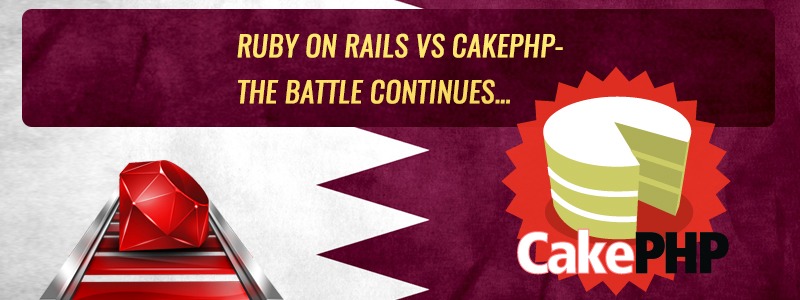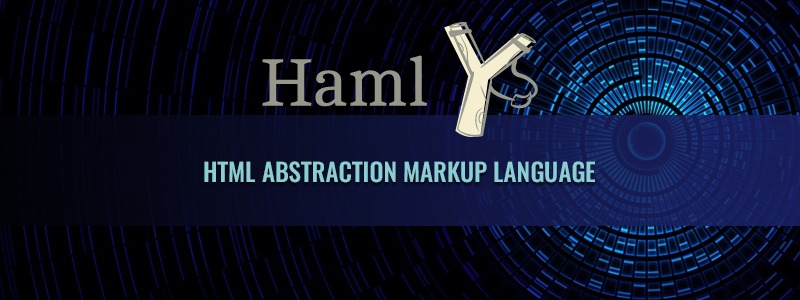CakePHP and Ruby on Rails are two of the most popular open source frameworks used for developing dynamic websites and web applications. However, often developers come across this question.
Ruby on Rails or CakePHP? Well, the answer, to a large extent depends on what you really need out of a web application framework, the time you are willing to spend learning it, and the features you are looking forward to. So, here’s a quick CakePHP and Ruby on Rails comparison that will help you narrow down your choice. The reasons some developers prefer Rails over CakePHP and vica-versa are as follows-
No need to grab data in your controller
With Rails, you can easily walk through the data models while your are in the view, and if the object doesn’t yet have that data, it will automatically query the database behind the scenes. This is a beautiful thing. So, in the controller, you only have to grab the author. When working with CakePHP, you must retrieve all of your data from the database in the controller and pass it all to your View. That is basically very troublesome and lacks functionality.
Superior URL Routing
Ruby on Rails has some excellent routing functionality. You might feel that CakePHP is very similar to RoR but in reality it isn’t. The most obvious difference is that CakePHP has a one-way routing in comparison to RoR. In CakePHP you need to set up your routes in the configuration and must remember the URL structure and have to write the structures across the entire application yourself. On the other hand, Ruby on Rails has an impressive two-way routing!
PHP developer? Go for CakePHP!
In case you are PHP developer, then working with CakePHP would be easier for you as you need not learn the Ruby Programming language from scratch. So, if you do not wish to spend a lot of time learning a new language, CakePHP is the framework you should go for!
CakePHP- Easy to Install
When it comes to setup, installation and deployment, CakePHP has an edge over Ruby on Rails. For using RoR, you need to download & install Ruby, then MySQL and you need to install Rails too. Next, you even need to configure the web server. Now if you go with the LAMP route, it turns out to be less flexible. CakePHP, on the other hand, is completely a breeze to install.
As a developer you carefully need to analyze the pros and cons of a framework before choosing one. You also need to figure out your application requirements and the learning curve which you are willing to undergo. Both CakePHP and Ruby on Rails have their own flip sides and advantages, however these look promising and are widely used for building different kinds of websites and intuitive web applications.
Get in touch with us.



